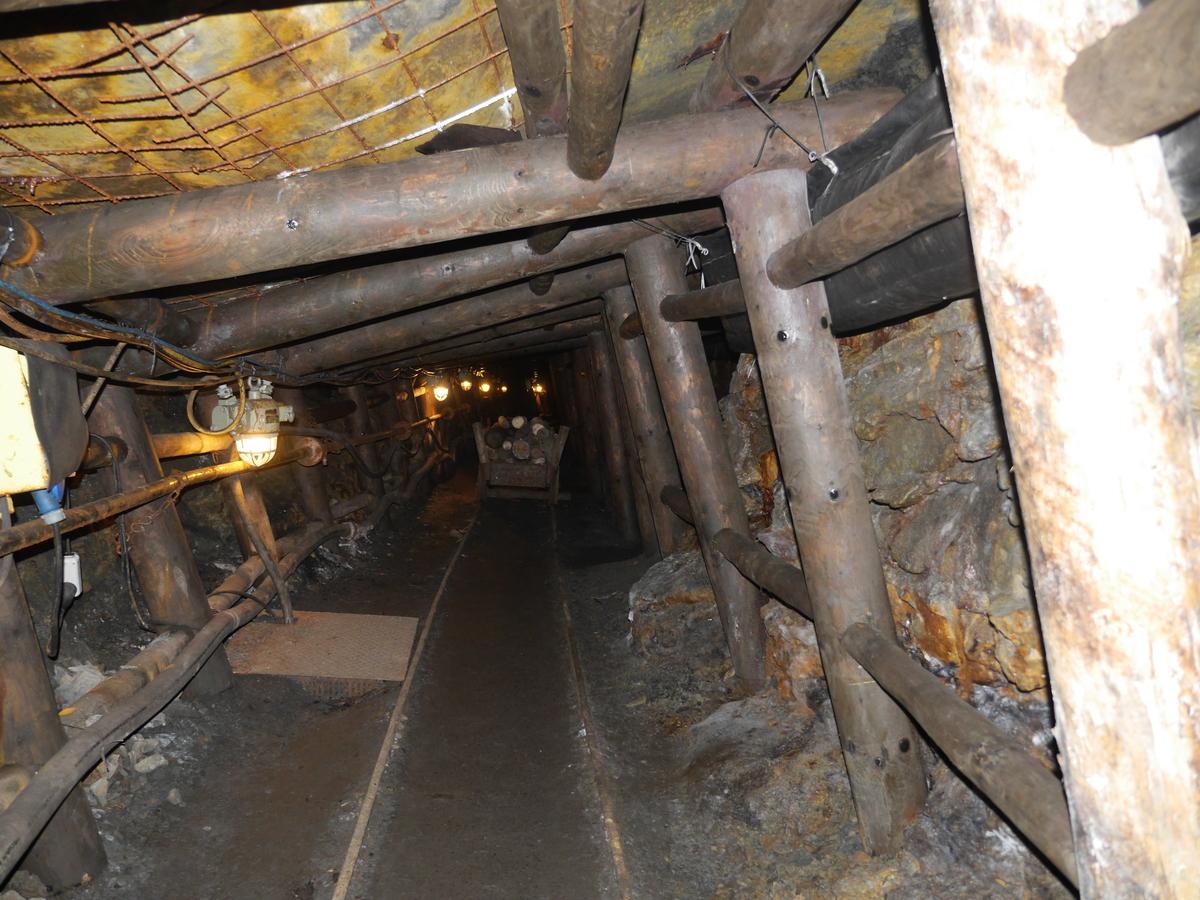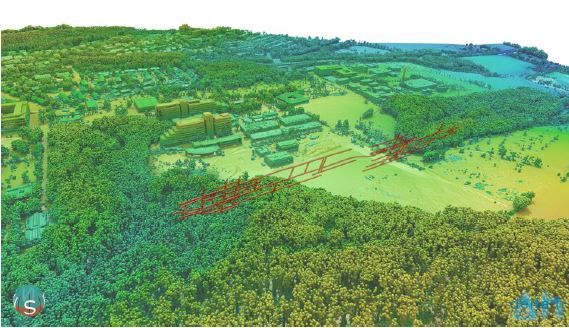Heat mining in the Ruhr Area : Geothermal reuse of a small mine as seasonal heat storage
D2Grids Project

The heating and cooling sector is of crucial importance for the implementation of Germany's climate protection goals. Heating and cooling is responsible for half of the total energy consumption in Europe. However, since fossil fuels, in particular natural gas, cover the majority (85%) of this demand, the transition to low CO2 heat sources such as geothermal, biomass, solar and waste heat must be created.
Heat storage plays a central role in this development, as it offers the flexibility to cope with fluctuations in supply and demand for heating and cooling. This is particularly true when expanding heating or cooling grids.
HEATSTORE (www.heatstore.eu) is one of nine projects within the GEOTHERMICA - ERA NET Cofund, which aims to accelerate the implementation of geothermal energy by
1. promoting various types of underground heat storage facilities (UTES),
2. provides a means to maximise geothermal heat production,
3. addresses technical, economic, environmental, regulatory and political aspects, necessary to support the efficient and cost-effective use of UTES technologies in Europe.
The three-year project will stimulate a fast-track market uptake in Europe, promoting development from demonstration phase to commercial deployment within 2 to 5 years, and provide an outlook for utilization potential towards 2030 and 2050. The novelty of the German HEATSTORE partial research project is to build a pilot plant for seasonal heat storage within a former and no longer accessible small colliery, which is located below the Fraunhofer IEG drilling site at a depth of about 70m.

Modell of the mine under the Fraunhofer IEG in Bochum – Source delta h
The main focus of the pilot plant is on an extended test and operating phase of the mine heat storage system. The data obtained should be used for the construction and further development of deep underground heat storage systems.
The concept idea is to use seasonally occurring solar excess heat within of the water-filled mine building in the summer and to use it for the CO2-neutral heat supply of the campus in the winter. For a very cost-effective development of the mine development, the institute's own drilling rig Bo.Rex (Bochum Research and Exploration Drilling Rig) drills three wells at the moment (June 2020)

Small Mine „Nachtigall“ – Source. Fraunhofer.IEG
Between 1953 and 1958, the small mine produced a total of 37,043 tonnes of coal. With a coal density of 1.35 g/cm³ this results in a void volume (without drifts and shafts) of 27,439 m³. If a residual void volume of 10 % is assumed, then within the mine workings at a ΔT of 50 K, a heat quantity of 165 MWh/a can be seasonally stored in the mine water.
In the following heating period, the heat is then used for CO2-neutral supply in the existing heating network.
Florian Hahn
Fraunhofer IEG - Institution for Energy Infrastructures and Geothermal Systems Lennershofstrasse 140 IEG | 44801 Bochum | Germany T +49 234 3210865 I E [email protected]
Website: www.ieg.fraunhofer.de



